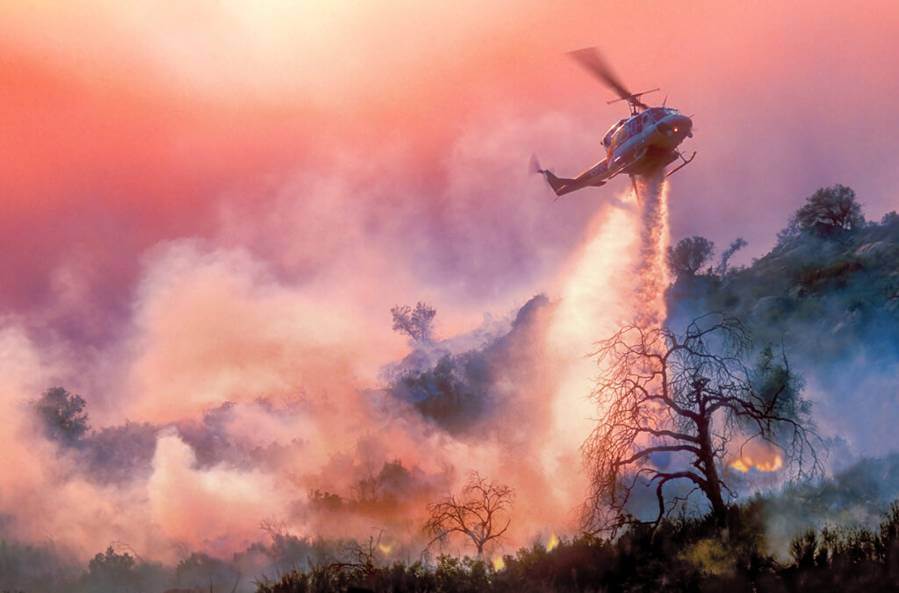A new study has identified 12 specific chemicals that could increase breast cancer risk for women firefighters, adding to mounting evidence that firefighters face elevated cancer rates from workplace exposures. The research by Silent Spring Institute is among the first to examine these risks specifically for female firefighters, who have been historically understudied despite growing numbers entering the profession.
Journal: Toxics, September 28, 2024, DOI: 10.3390/toxics12100707 | Reading time: 4 minutes
Mapping Chemical Exposures
“With more and more women entering the profession, it’s important to understand the impact of workplace exposures on their health so that we can inform policies to reduce exposures and create a safer work environment,” explains study co-author Ruthann Rudel, director of research at Silent Spring Institute.
The researchers cross-referenced databases identifying chemicals that cause mammary tumors in animals with studies documenting firefighters’ workplace exposures. They focused on chemicals likely to increase breast cancer risk based on both animal studies and human research.
Sources of Exposure
The analysis found that firefighters encounter these harmful chemicals from multiple sources. These include building fires, wildfires, vehicle fires, protective gear, fire station environments, and even diesel exhaust from fire trucks.
Previous research by the team found that female firefighters in San Francisco had higher blood levels of cancer-causing PFAS compared to office workers. They also discovered elevated levels of flame retardants in firefighters’ bodies.
Policy Implications
Currently, only 20 states have laws specifically recognizing breast cancer as an occupational illness for firefighters, entitling them to workers’ compensation and medical benefits. Another 16 states have broader language that could include breast cancer coverage.
“This study fills an important research gap by underscoring the unique health risks female firefighters face from occupational exposures to toxic chemicals, specifically chemicals linked with breast cancer,” says Dr. Dan Whu, Chief Medical Officer at the International Association of Fire Fighters.
Glossary
- PFAS (Per- and polyfluoroalkyl substances): Long-lasting chemicals used in firefighting foams and protective gear
- PAHs (Polycyclic aromatic hydrocarbons): Cancer-causing chemicals found in smoke and diesel exhaust
- Turnout gear: Protective clothing and equipment worn by firefighters
- Presumptive laws: Legislation that automatically assumes certain conditions are job-related for specific occupations
- Carcinogenic: Cancer-causing substances
Test Your Knowledge
1. How many chemicals did the study identify as potential breast cancer risks for firefighters?
The study identified 12 chemicals or classes of chemicals that firefighters are highly exposed to and are associated with breast cancer risk.
2. What comparison did researchers make in San Francisco?
They compared blood levels of PFAS between female firefighters and women working in downtown offices, finding higher levels in firefighters.
3. How many states currently recognize breast cancer as an occupational illness for firefighters?
20 states have laws specifically recognizing breast cancer as an occupational illness, with 16 additional states having broader language that could include it.
4. What potential solution did researchers suggest for reducing PAH exposure?
Switching to electric trucks could help lower exposure to PAHs currently present in diesel exhaust.
Enjoy this story? Subscribe to our newsletter at scienceblog.substack.com


